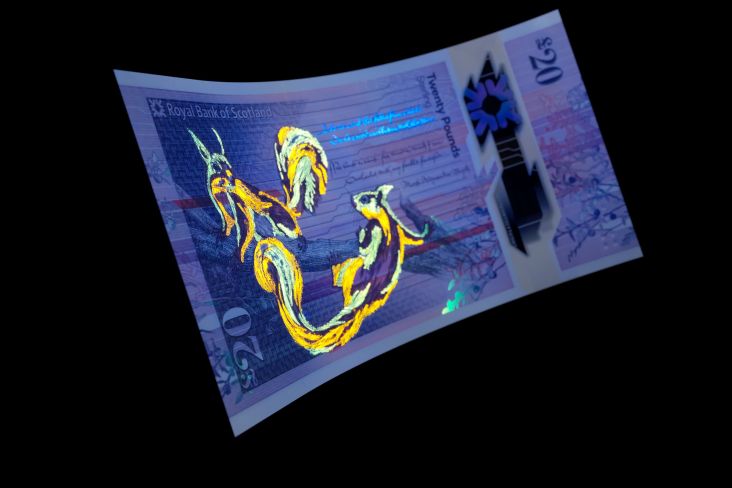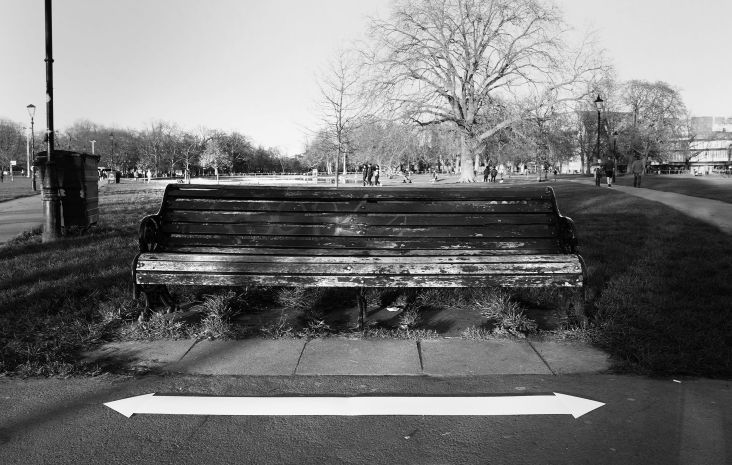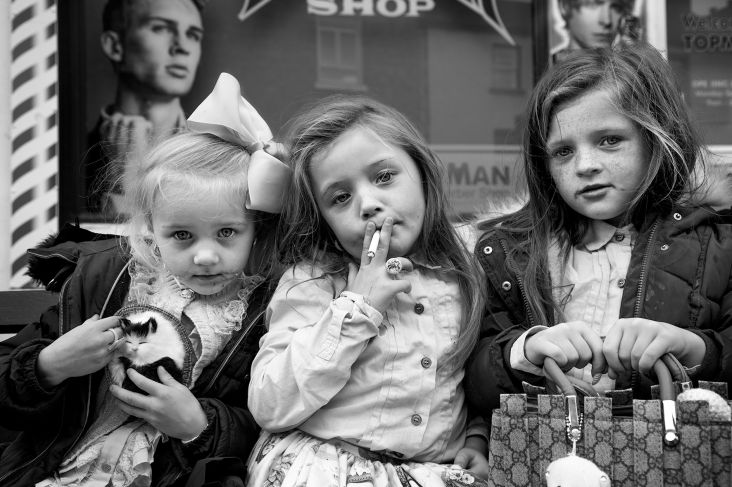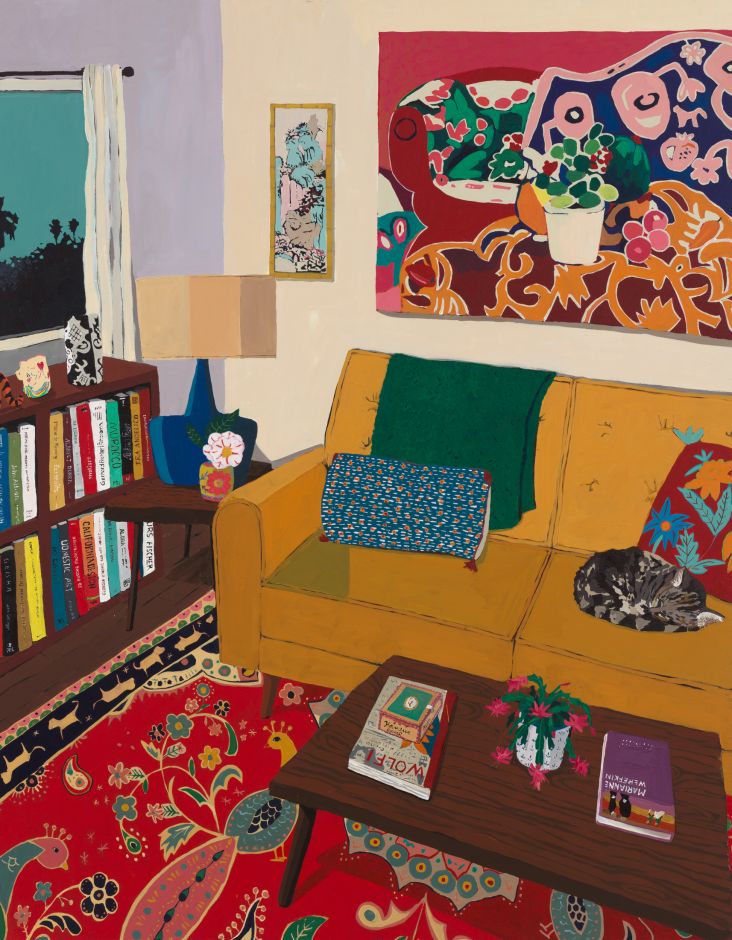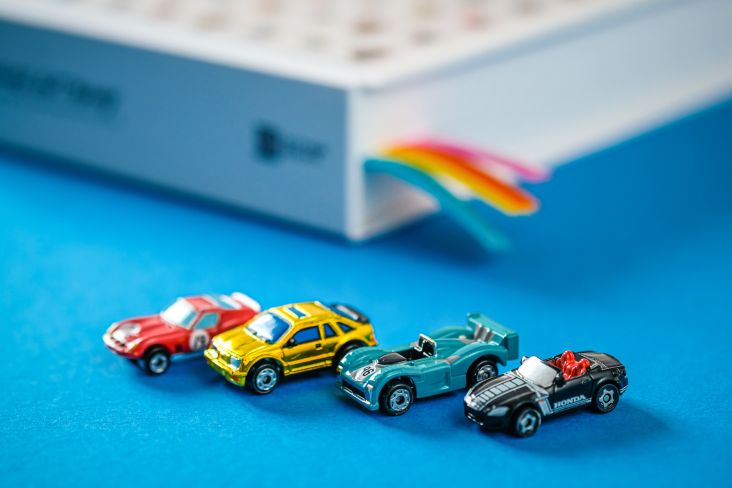Iris van den Akker on pushing diversity in animation, coping with a crisis and living with an ADHD brain
Illustrator and animator Iris van den Akker is known for her graphic style, bold shapes and soft colours, and her work often features larger than life animals and strong female characters.
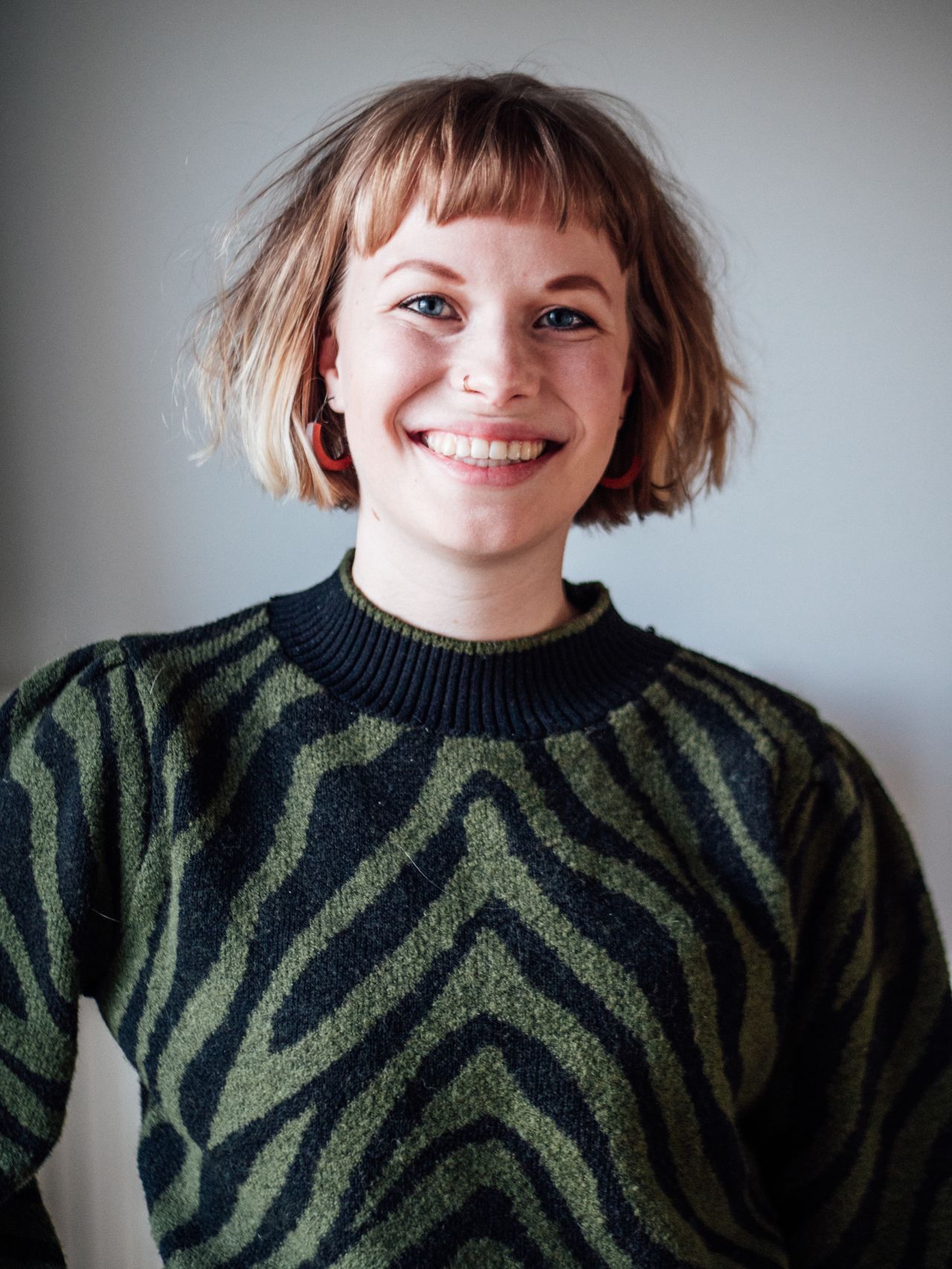
Photography by Duncan Kuijpers
Based in Amsterdam, Iris graduated in 2015 with a degree in illustration at AKV St Joost in Breda and later gained a masters in animation from the same university. She worked as a design and animation artist at Ambassadors in Amsterdam until 2019 when she decided to go freelance.
So far, Iris has worked with Centre Pompidou, Popshot Magazine and Blossom Books, and she also sells her own prints and illustrations via her online shop. She was recently featured in a book by Anorak that explains what ADHD feels like. During the current lockdown, we chatted over email to find out more.
Did you always know you wanted to be an illustrator?
When I was little, I wanted to work for Disney or become a comic book artist. I thought to make animated films was fascinating, so I tried to learn everything I could find about it. I also had a vast collection of Belgium comics. So I guess I always knew.
A lot of things interest me, but I always come back to drawing. I love animating as well and narratively work with illustration. I think that's the core of my work.
Why animation too?
Before my studies, I thought I wanted to become an animator. I thought working at Pixar or Disney was the coolest thing. But then 3D animation was becoming very popular, and not a lot of 2D animation came out anymore. I love to draw and couldn't imagine myself learning all the technical programmes you need to know for doing 3D. So I chose to study illustration.
Animation never really let go of me, because I love seeing my illustrations come to life. Drawing is one thing, but you have so much power if you also can make it move. I loved it. So I did some guest lessons in animation and later a post-graduate course as well. Now I do both, and I love the variety of work I get.
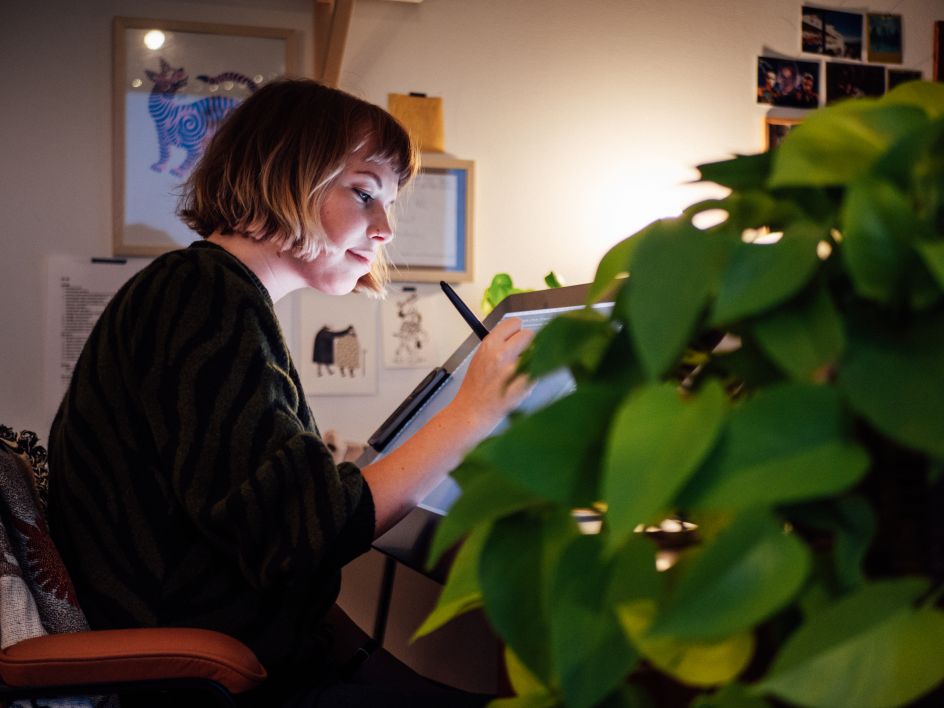
Photography by Duncan Kuijpers
Can you describe your work? Your influences?
Well obviously Disney and Belgium comics from my youth, but later I got a computer and discovered Loish. She influenced me in buying my first Wacom and start drawing digitally.
My work is very bright and colourful most of the time. I love big, graphic shapes and a strong composition. My illustrations need to be very clear and easily readable. I don't like a lot of detail, but I give it life by adding texture.
Nowadays, I love to find inspiration on Instagram, Behance and sometimes Pinterest. My favourite illustrators are Bodil Jane, Carlotta Notaro (also her animation), Hedof, Malota – I probably forget a lot of them. But it changes all the time. I love to find new work by creative people.
How do you find working for yourself?
I love it! I postponed taking the plunge to go freelance for so long, but it's worth it. Sure, things are hard, but it gives much more satisfaction if you've completed a project for a client while working for yourself.
I was part of the team at a creative studio before, which was lovely. I worked on more significant projects than I do now because I worked in with 30-40 people most of the time. But things can get boring after a while. I only did what clients told me to do. Now, I feel I've got much more freedom. Clients come specifically for my work and trust my opinion. It's tough, but I enjoy the challenge. It helps me grow.
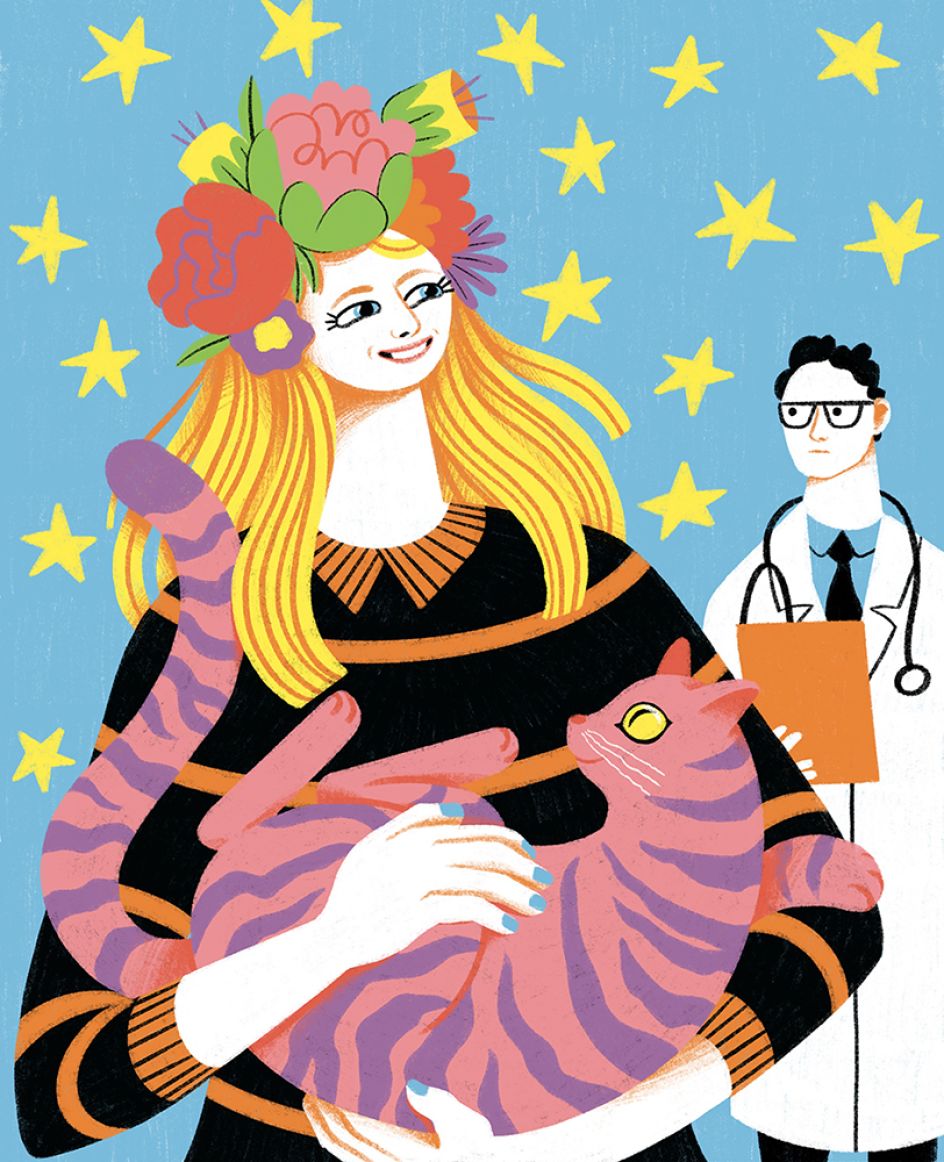
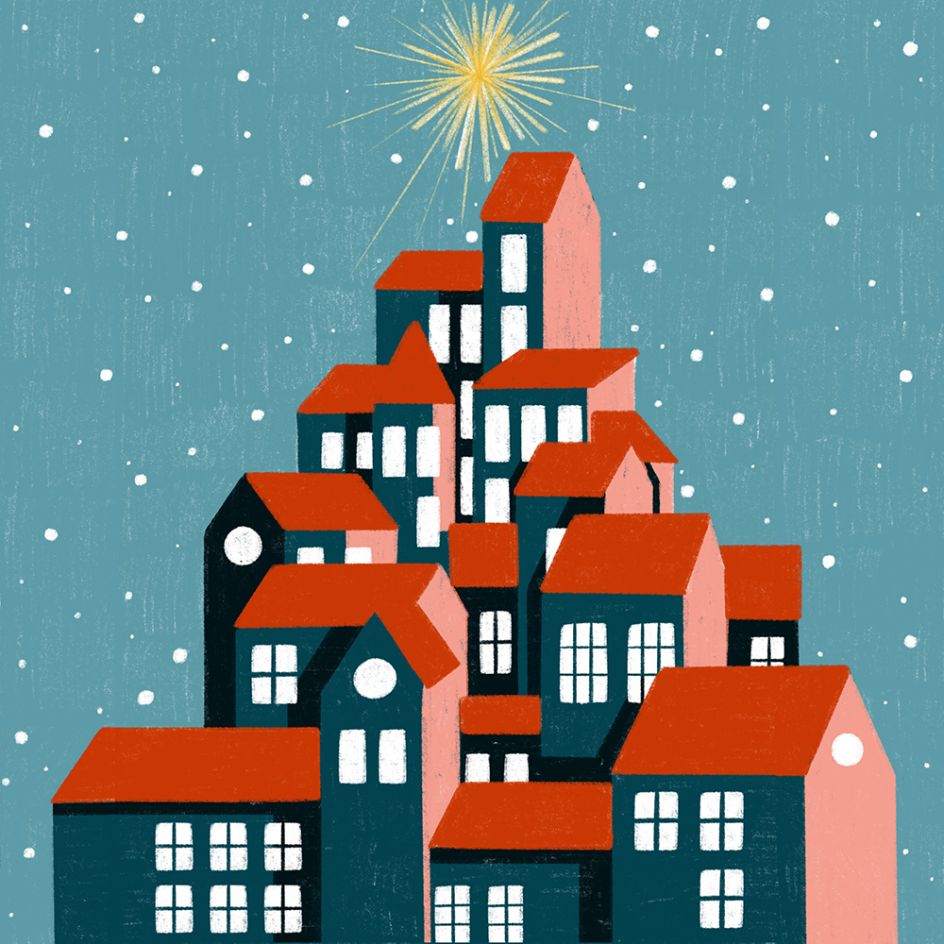
What do you find the most challenging about freelancing? How do you tackle it?
Freelancing is always a challenge: you're vulnerable, you're putting yourself out there, you don't have the regular paychecks, and you continuously need to remind people you exist. I'm a big introvert, and I thought the hardest thing about freelancing was to talk to new people about myself continually. In retrospect, I think it's a perfect job for introverts. I'm staying in my social bubble and only speak to a few people a day.
I also thought I would be miserable with administration or marketing or sales, or any of the business stuff. But it turns out most of the information I need is on Google, and it just takes me a bit of time to learn. I love to push myself, also in these areas, and try to be better.
I think one of the hardest things is when something goes wrong, and you don't have a colleague around you can have a back-and-forth with. Having peers you can relate with can be very helpful in challenging times. I solve this by calling my friends – who are also illustrators and animators – and ask for their opinion on the matter. Recently I've changed my home office for a shared one. When the lockdown is over, I'm hoping I can benefit from that.
You love to support other women in the creative community. Are things getting better?
It's interesting because I work both as an illustrator and as an animator. I feel a lot of illustrators are female, while most animators I know are male. Animation projects are usually longer and pay better than illustration projects. I'm not sure why there aren't as many female animators around – at university, it was mostly 50/50.
I try to be as vocal as possible about this. In Amsterdam, we have a Whatsapp group for women and non-binary only, and we regularly hang out and exchange stories. I also feature female creatives on the social media channels of digital arts festival Playgrounds, and I do shoutouts on my Instagram Stories, too.
I'm not sure it's getting better, but there's more visibility for women. We need to cheer each other on, not drag each other down. I feel that community of support is getting bigger, and I love to be a part of it.
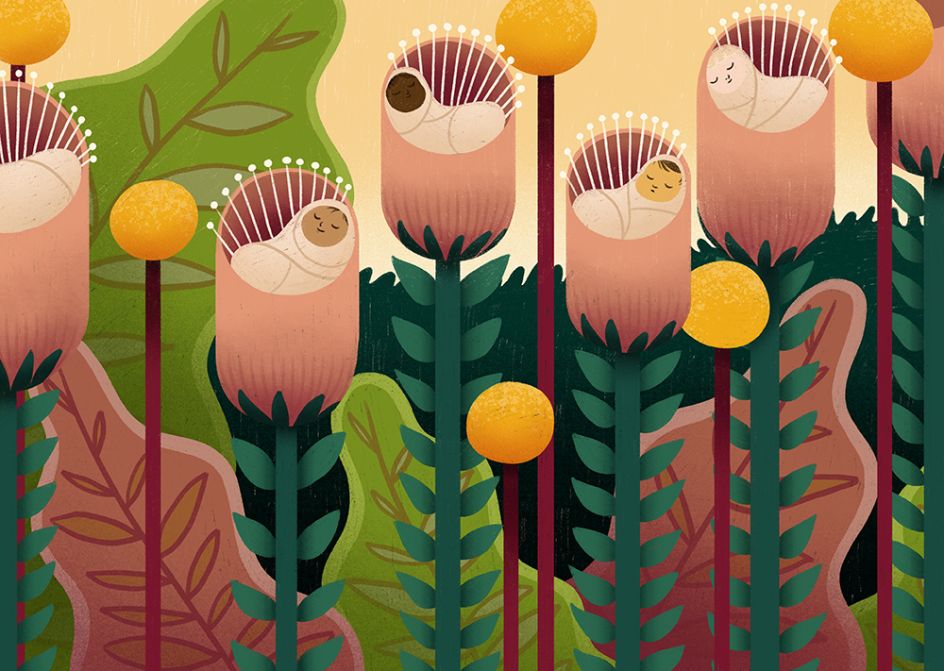
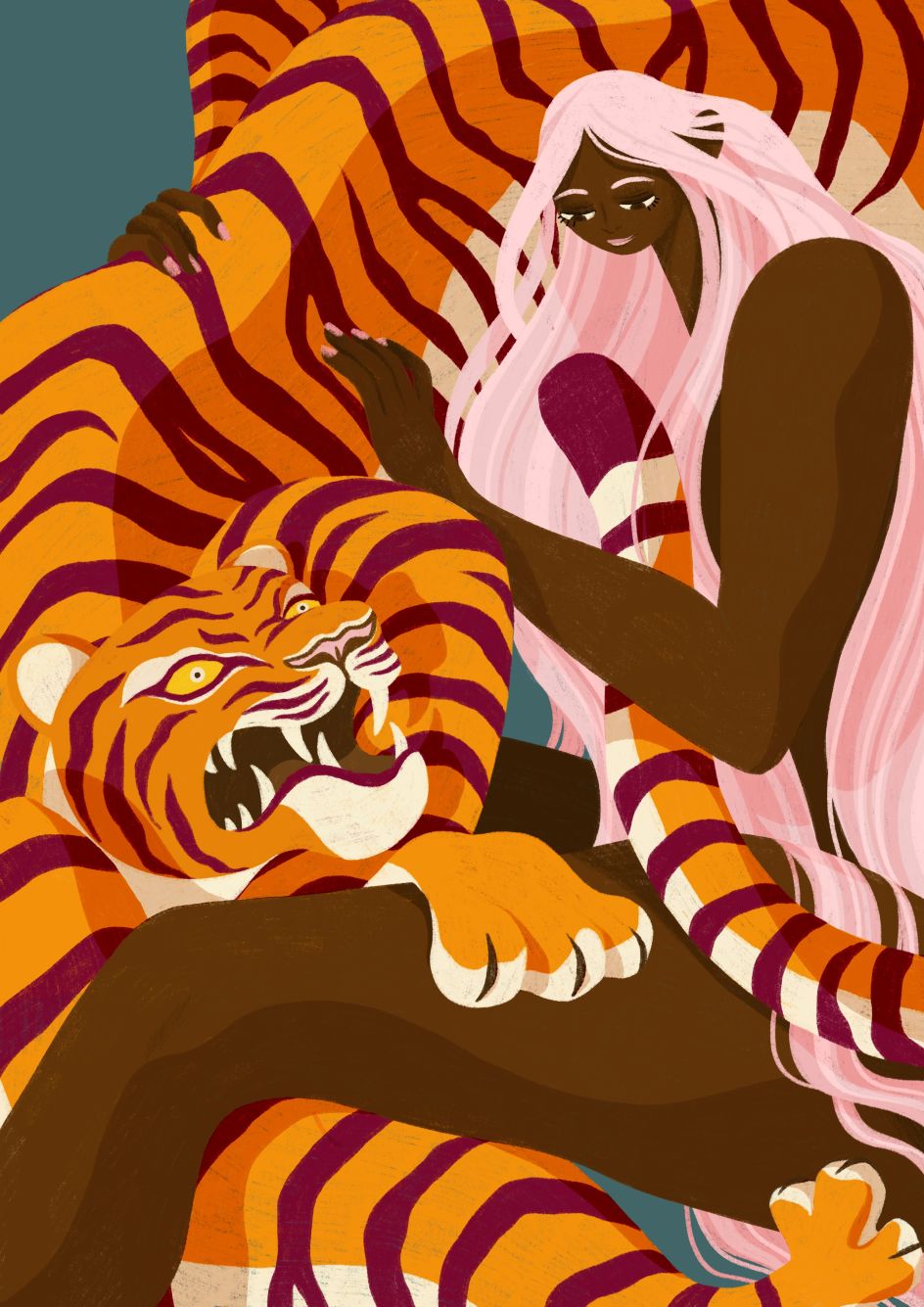
You created an illustration for the book, Stories That Never Stand Still. When did you find out you had an ADHD brain?
I think I was around 20 or 21 when I had a mental breakdown. I was studying illustration and one day; I just couldn't cope with balancing school work, my job, my friends and my family. I just broke down; it was all too much to handle. I didn't have a hard life so I couldn't understand why I couldn't cope like everyone else. Thinking I was depressed, I went to see a psychiatrist, who told me I had ADD.
It turns out I have a little bit more difficulty remembering basic things; I'm very easily distracted and benefit more from structure and routine. Without that, I develop major mood swings, and my brain won't function as it's just foggy. Though I also benefit from having ADD, especially when brainstorming. I just let my mind go and see where it'll take me.
This is why structure and routine are so important to me. Every day, I try to work the same hours. I stick to a morning and evening routine and have "rules" for myself regarding food, working out and seeing friends. I don't always adhere to those rules, but at least I know things are harder when I haven't been following them.
It's funny because growing up; I always thought I was a lazy person. It turns out I'm not, just easily distracted. When I'm interested in something, I can get into hyperfocus. Then I'm insensitive to stimulants and have no concept of time anymore. I get a dopamine rush when I'm busy with an enjoyable, creative project.
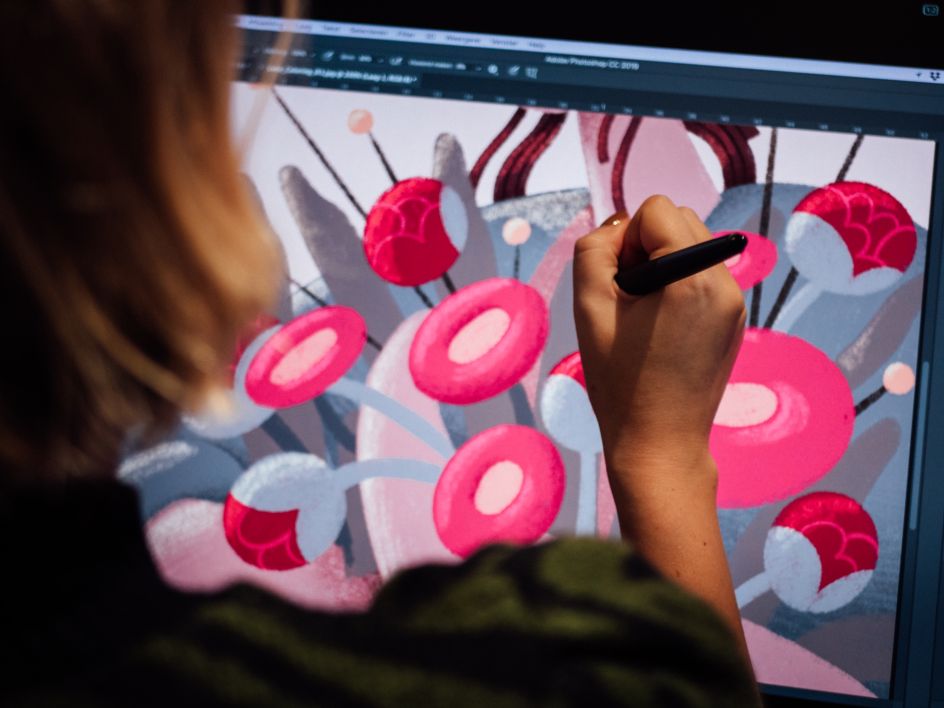
Photography by Duncan Kuijpers
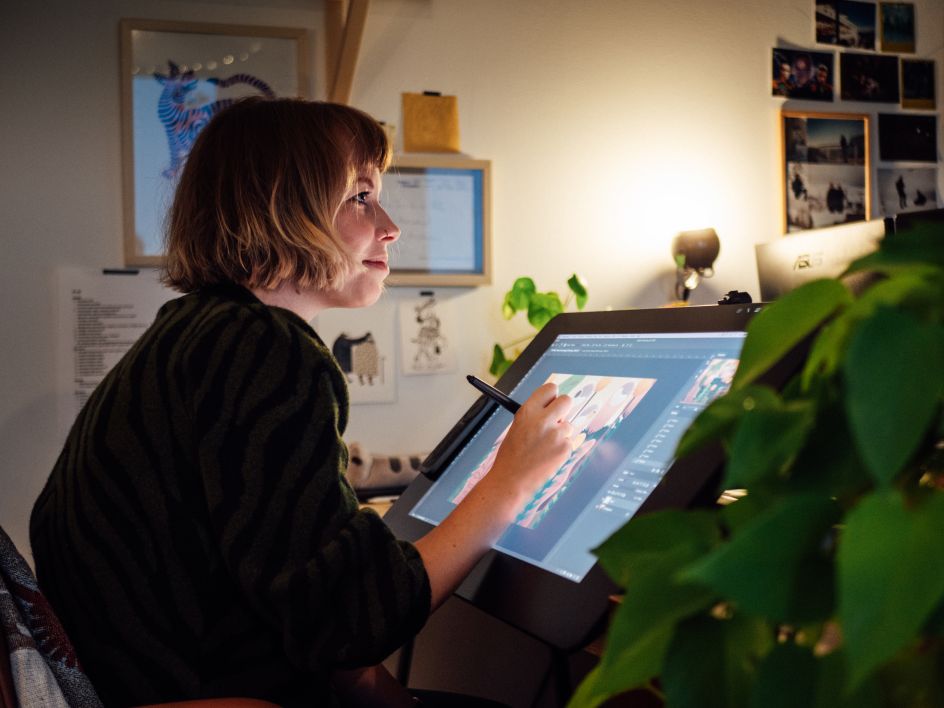
Photography by Duncan Kuijpers
How are you coping with the current lockdown situation?
It's been tough. I was lucky to have many projects in the pipeline, but they were all put on hold within 48 hours. I don't mind sitting in quarantine, but I do mind having nothing useful to do. I've cleaned my whole house and did all my administration, and I'm taking this week to come up with a personal project. I haven't done a large project in years, so I'm looking forward to that.
I'm trying to stay positive with the current crisis. I'm healthy, and so are my loved ones, so I'm focusing on what I can do instead of what I can't. It's an ideal time to focus on courses I've always wanted to try, books I've wanted to read, skills I wanted to learn. But being positive has its limits, and some days I just feel like lying on the couch playing Animal Crossing all day.
I'm very responsible by nature, so I've saved up money for hard times. But I'm also very grateful I live in a country where the government takes care of its people. We have a good health system and various benefits to fall back on when things are tough. My heart goes out to less fortunate people.




 by Tüpokompanii](https://www.creativeboom.com/upload/articles/58/58684538770fb5b428dc1882f7a732f153500153_732.jpg)


 using <a href="https://www.ohnotype.co/fonts/obviously" target="_blank">Obviously</a> by Oh No Type Co., Art Director, Brand & Creative—Spotify](https://www.creativeboom.com/upload/articles/6e/6ed31eddc26fa563f213fc76d6993dab9231ffe4_732.jpg)








